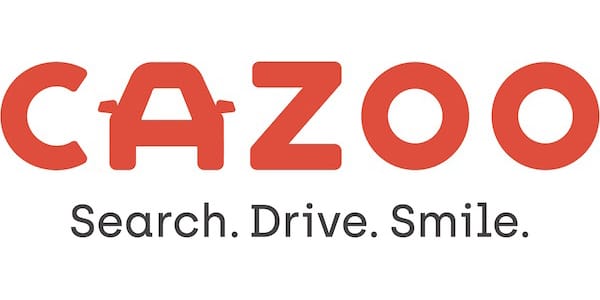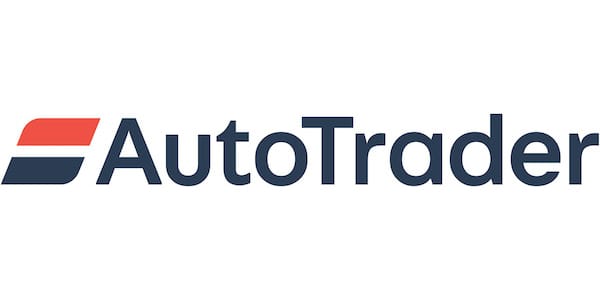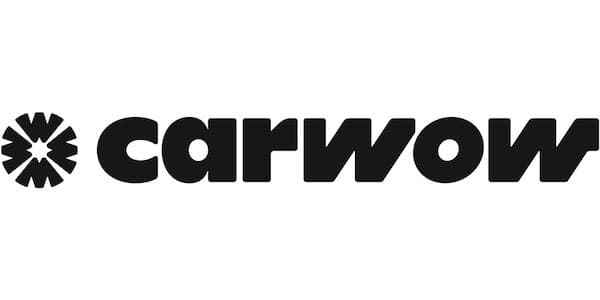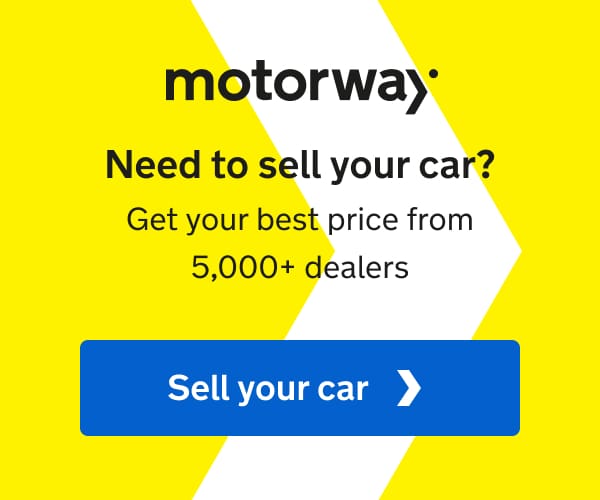Have you ever paid to get an online value for a car you’re buying or part exchanging only to find neither matches up at the dealership? Are used car values a science, random, or a bit of a game? Here we look at where they come from, what affects them and offer some advice.
In the UK, some of us older folks may remember sitting anxiously in front of a dealer’s desk while they consulted a mysterious small book. The little book was either Glass’s Guide or the CAP Black Book. Now the dealer will be staring at a screen, a tablet or making that doubtful trip to “see what my manager says”.
These pricing guides, however, were only available for the trade. For members of the public, Britain’s best-known consumer values guide was Parkers, which set up shop in 1972. It stopped the print version of its guide in 2020 and is now an entirely online operation. Today, Parkers uses CAP data but then sets its own valuations based on monitoring a claimed 4,000-odd sales a day.
CAP-HPI, as the company is now called after CAP merged with mileage-checking register HPI in 2015, also now offers online consumer pricing. The car selling website Auto Trader also offers a valuation tool which it sets itself from a claimed 900,000 daily prices.
Most people now get an idea how much their car is worth as a part exchange, for private sale or to know if a dealer price is fair via an online price guide search. An exploratory step where you enter just your registration is usually free (with an email address sometimes required) but this does not usually ask for mileage or fitted optional extra details, which can make a big difference (which we discuss below). The next step is to pay a small fee to subscribe for more detailed prices for a set period.
If you want to see the best dealer offer you could get for your car, various online sites can give you instant real-world valuations. You’ll need your registration details and mileage, and then you are asked for a few pieces of personal info such as an email address.
The starting point for used car values
To calculate its values, CAP receives daily data from trade sales, wholesale data from auctions, rental and leasing companies and specialist remarketing companies. Manufacturer used car data is also fed in, as are the prices shown on retail websites. The latter is often the only main source of data for low-volume exotica such as McLarens.
CAP then sets its values daily, and these are then used by the motor trade as a starting point for part exchange and to set forecourt prices accurately via specific coding for individual makes, models and trims. CAP data also is used by many consumer websites offering online valuations.
“Most of the trade use us as a guide but they’ll flex that,” says Derren Martin, head of valuations at CAP-HPI. “Webuyanycar for example, are a customer. They will use us as a guide but they won’t set their prices to ours. We’re a reference point. They will flex their valuation depending on supply and demand as well.
“Most of these car buying services, whether they are retailers’ own ones or national ones, will have some algorithms on what they want to purchase, how quickly they can sell them, and what sort of margin they can make.”
Unusual times
Used car values, unsurprisingly, tend to go down with age and mileage – although over the last couple of years they rose significantly, fuelled by a shortage of new cars and long waiting lists. That meant dealers had less stock available from part exchanges, end-of-contract lease cars and people turning to a nearly-new car because they couldn’t wait for a new one.
As of early 2023, used car prices are starting to settle back to more normal levels, although they are still above what you’d normally expect to see. If you’re still thinking about selling a second car, now could still be a good time.
Same car, different price?
Martin also says that because anybody can check dozens of comparable advertised prices across the country, there are fewer significant variations between cars of almost the same specification. “If you’re a retailer, you’ve got to price yourself competitively or someone’s going to go somewhere else.
“People are prepared to travel, buy online more now so you can’t really price yourself high and discount when someone comes in.”
And if you are inclined to haggle, there may be less appetite for it, he says:”“What we have seen though over the last three years and even more so over the last three months is that wriggle room on a retail advertised price to a transaction price, you can’t negotiate like you used to.
“You’d go in and expect a deal, see it advertised for a price and you can knock the retailer down, that doesn’t happen so often anymore, the price is the price now.”
There can be regional differences in values, but these tend to be for electric vehicles. Martin says, “You can get regional variation around cities, electric vehicles tend to do better around cities where there is congestion charging, but not so well in rural areas where people have to travel further to a charge point.”
You may also like: Why are used cars sometimes advertised at two different prices?
Mileage and options and still matter, but not the season
Even though modern cars can cover high mileages with ease, a lower mileage than the average (although, again in these times everybody’s mileage has dropped) and some options can add hundreds or even thousands of pounds to a value, it is worth your while to pay that small fee to get a fully adjusted car valuation.
This doesn’t just apply to prestige cars. We looked up the value of a 2018 Volkswagen Up! three-door in High Up trim with the 90hp engine on a free check. Based on an average 40,000 miles a top private sale price of £5,790 came up and top price to buy from a dealer was £6,600. However, after a small fee we could adjust the mileage and add any option packs which the guide listed. So, inputting a mileage of just 8,000 and the rare option of the cruise control and parking sensor pack bumped up the top dealer retail price and the private/part exchange values by about £1,000.
We asked Martin which options can currently add value: “Things like panoramic roofs, larger or more attractive alloy wheels, things which you can see, which make a difference to the exterior. Body kits, styling packs, anything which improves the looks of the vehicle are pretty good. Upgrades on sound systems can be sought after.”
It seems like the old wisdom that it’s cheaper to buy a convertible in winter (or better to sell one in summer), currently has little impact as people are buying them as ‘toys’, and 4×4 vehicles are not cheaper in the summer months as a miniscule amount of people buy SUVs (some of which don’t even have four-wheel-drive) for their off-road or snow grip, but as a lifestyle choice.

Watch that car and re-check your values
As you roam the internet, even if the dealer prices advertised for similar cars are in line you can still come across reductions. If after a certain period – say over a month – a car has been sitting on a forecourt and not been sold, dealers will reduce them as they’ll have set periods of ‘stocking time’ after which cars need to be moved on.
A reduction doesn’t mean that car is a no-hoper, just that maybe the dealer has too many of that particular type or there are identical choices nearby. So, if during your search you like a particular car but the price is at the top end of the values, mark it as a favourite and come back if you’re still searching a few weeks later.
But – and it’s a big but – no matter where the data comes, the price you may get for your car or pay for your next one is always a guide price and dealers aren’t obliged to stick to it. A part exchange price can move up in value if the sticker price doesn’t come down, and in the difference in between the dealer makes their profit. You just need to have done your homework and know how much you are prepared to pay as your ‘cost to change.’
This article was originally published in November 2021. Last updated March 2023.








